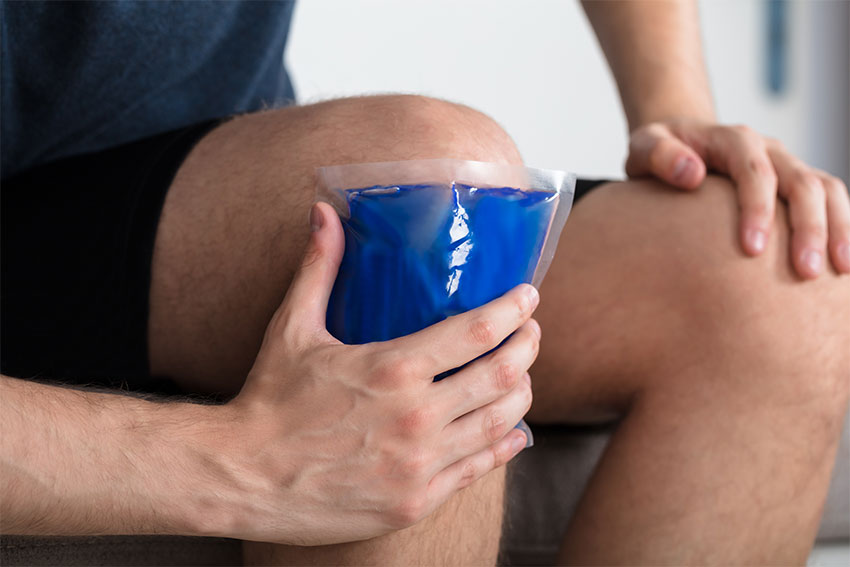“Stop Icing!” An Interview with Dr. Kelly Starrett and Gary Reinl

R.I.C.E. – Rest, Ice, Compression, and Elevation – this has been a well-known treatment for soft tissue injuries since Gabe Mirkin coined the phrase in his Sportsmedicine Book in 1978. However, in 2015 he announced that this protocol is actually not the best way to go. Based on research, he notes that both Ice and complete Rest can actually delay healing instead of helping, and possibly cause additional damage.
Dr. Kelly Starrett, DPT, and Gary Reinl, author of Iced! The Illusionary Treatment Option, dive into this topic to answer the question of whether or not we should be icing when we have an injury or are in pain.
According to Gary, the short answer is NO. “It’s actually the worst thing you can do.” What icing will do is:
- Trap waste in and around the damaged site (injured area)
- Prevent the natural flow of oxygen and supplies via blood circulation
- Cause additional damage to tissues and nerves
For most people in pain, anything that takes away the pain (even temporarily) can feel like it’s helping. Since icing can temporarily numb pain, many may think that it too is helping. But in reality, it’s just putting a band-aid on the pain, it’s not actually fixing anything.
When injured or in pain, you should be asking yourself: “Is my goal to make it not hurt, or to take away the reason it hurts?” With injuries, the reason it hurts can often be traced to congestion around the damaged area. The cells are basically suffocating and dying from the congestion and lack of circulation. So instead of asking yourself “how do I make it numb? How do I make it not hurt?” ask yourself “what am I trying to do?” As the goals in recovery should be:
- Prevent further loss, and
- Regenerate that which has been destroyed
Gary describes “further loss” as suffocating and killing off perfectly healthy cells that were not involved in the initial trauma. So how do you accomplish the two recovery goals listed above? You need to decongest the area by clearing out the built-up waste that has accumulated so it can go back into the lymphatic system. Your body is set up to decongest through the lymphatic system, which is passive. So the main way to initiate that lymphatic drainage is by muscle activation.
In order to recover, we also need to restore the network around the damaged site. But sitting with ice on, and not moving isn’t doing that – it’s not solving the problem. So Kelly asks Gary, “if icing isn’t helping and isn’t the best solution, what IS the best solution?”
Gary states that “Active Recovery Is The Answer” or ARITA, as his newly named acronym. Active recovery will help preserve the healthy tissue around the damaged site, prevent further loss, and regenerate that which has been destroyed.
“When you activate the muscles in and around the damaged site, not only do you decongest the area, not only do you rebuild the network of vessels around it, but you ALSO prevent or retard disuse atrophy.” In addition to that, the muscle activation through active recovery will reorganize and repair tissues.
The problem is that sometimes you’re in too much pain, or there is too much congestion that active recovery becomes extremely challenging. But, what you can do is decongest the area “electronically” through micro muscle contractions, which won’t stress the tissues or cause additional damage.
Gary recalled his former coaches telling a player to “walk it off” when they got a minor injury, and to “not sit still” because it will tighten up the area. “Walking it off” is active recovery because you’re decongesting the area through movement and muscle activation, as well as increasing circulation which helps repair the site. H-Wave is a way to “walk it off electronically,” Gary states.
Watch the full interview here: